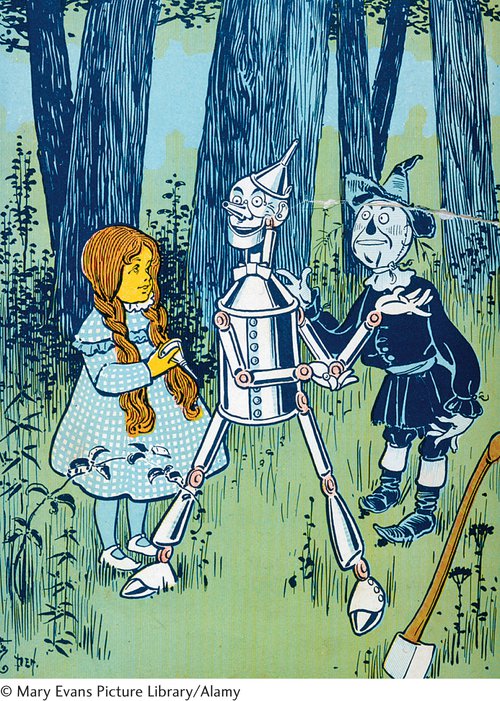13
Gene Mutations, Transposable Elements, and DNA Repair
A Fly Without a Heart

The heart of a fruit fly is a simple organ, an open-
Then, in the 1990s, physicians Jonathan and Christine Seidman began studying people born with abnormal hearts, such as those with a hole in the septum that separates the chambers on the left and right sides of the heart. Such defects result in abnormal blood flow through the heart, causing the heart to work harder than normal, and the mixing of oxygenated and deoxygenated blood. Congenital heart defects are not uncommon; they’re found in about 1 of every 125 babies. Some of the defects heal on their own, but others require corrective surgery. Although surgery is often successful in reversing congenital heart problems, many of these patients begin to have irregular heartbeats in their 20s and 30s. The Seidmans and their colleagues found several families in which congenital heart defects and irregular heartbeats were inherited together in an autosomal dominant fashion. Detailed molecular analysis of one of these families revealed that the gene responsible for their heart problems was located on chromosome 5, at a spot to which Nkx2.5—the human tinman gene—
The story of tinman illustrates the central importance of studying mutations: the analysis of mutants is often a source of key insights into important biological processes. This chapter focuses on gene mutations. We begin with a brief examination of the different types of mutations, including their phenotypic effects, how they can be suppressed, and their rates of occurrence. The next section explores how mutations spontaneously arise, as well as how chemicals and radiation can induce them. We then turn to transposable elements, which often generate mutations. Finally, we look at DNA repair.